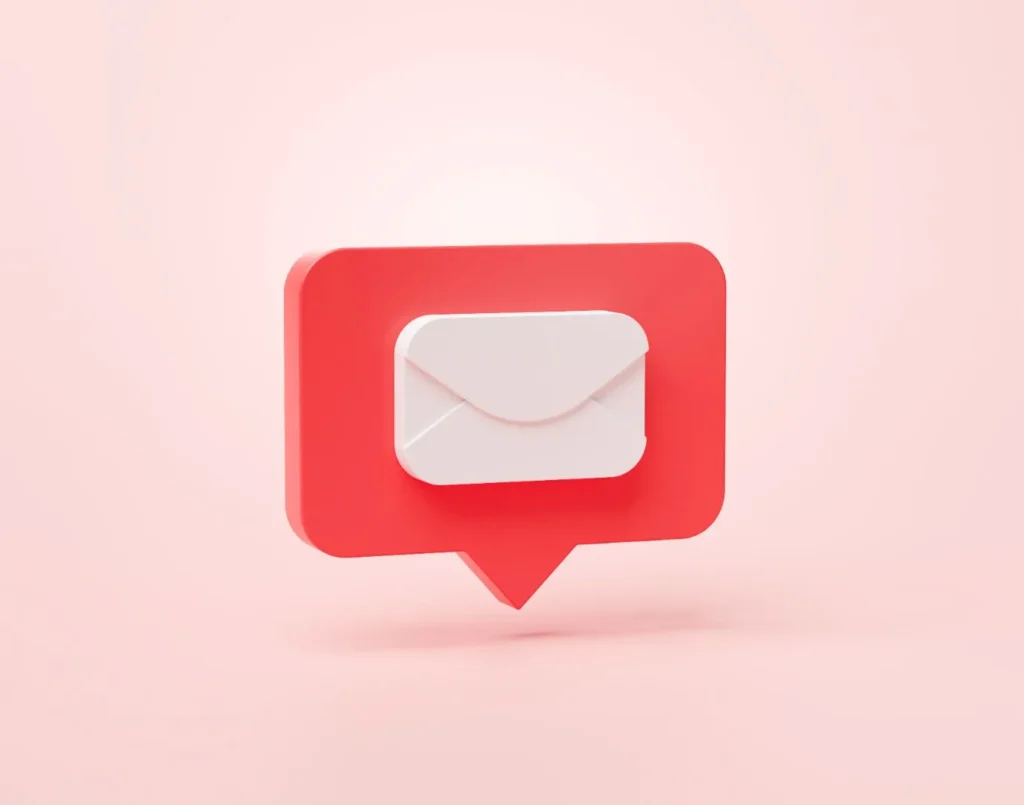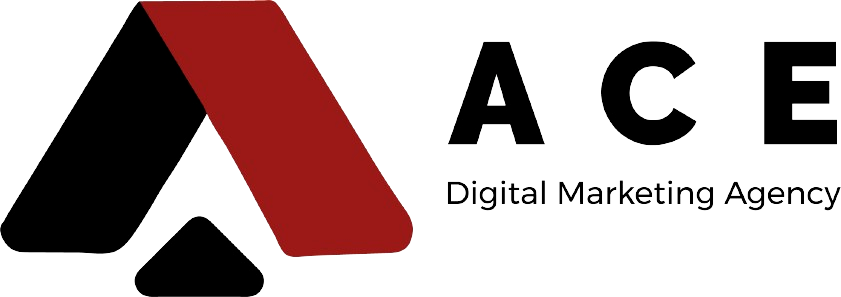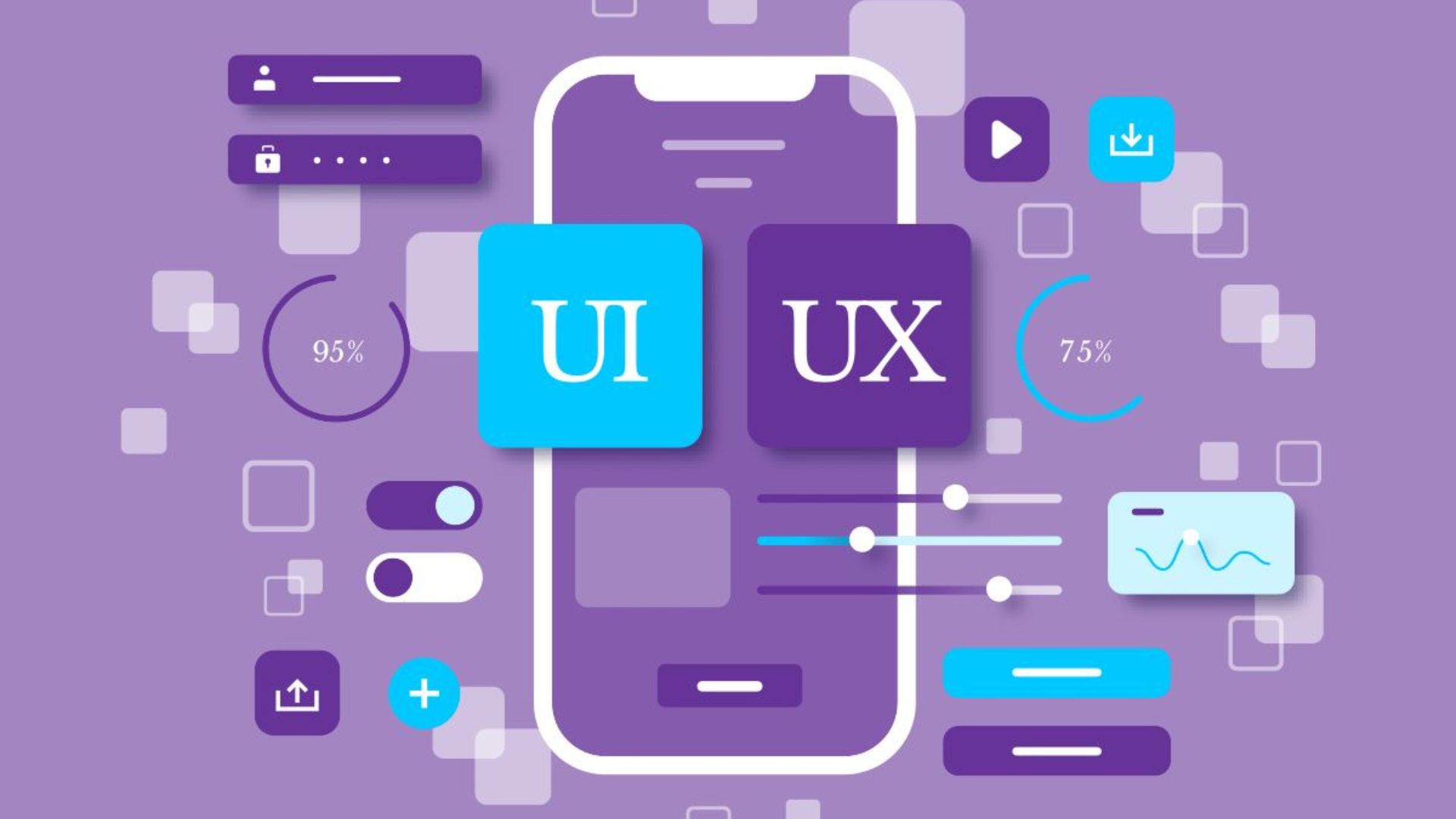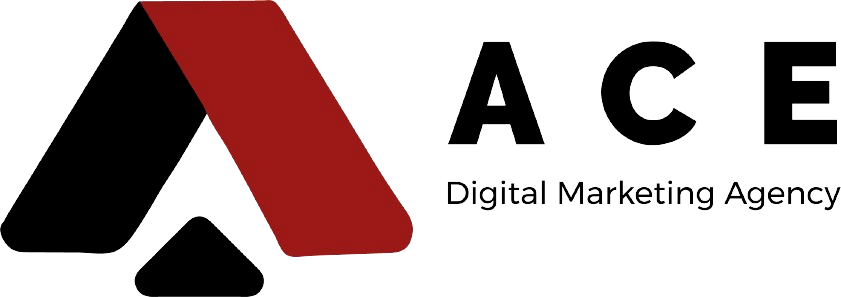Email Campaigns
Among the many effective tools in digital marketing are email campaigns, which remain one of the most powerful methods despite the rise of newer techniques. Email marketing can still help you achieve your business goals—whether building customer loyalty or increasing sales. If you want to boost your online store’s revenue or improve your communication strategy with your audience, email campaigns are a highly effective solution. Below, we’ll explain what an email campaign is and how to launch one successfully.

What Is an Email Campaign?
An email campaign is a planned and structured series of emails sent to a targeted group of subscribers with a specific purpose. These purposes could include introducing a new product, promoting special offers, re-engaging inactive customers, or simply maintaining a long-term relationship with your audience through valuable content. Unlike a one-off email, an email campaign is a sequence of messages designed to guide recipients through a particular journey.
Step by Step: How to Launch a Successful Email Campaign
To launch an effective campaign, follow these steps:
- Define your goal clearly: Are you aiming to increase sales, collect customer data, or raise awareness about an event? A clear, measurable goal guides every step of your campaign.
- Identify your target audience: Understand who will receive your messages—potential customers, specific interest groups, or existing buyers. This helps you craft tailored content.
- Build your email list: Collect addresses via sign-up forms, exclusive content offers (ebooks, webinars), or at checkout. Always obtain explicit subscriber consent.
- Choose the right email marketing tool: Platforms help you manage lists, design, send emails in bulk, and track performance.
- Craft your message content:
- Compelling subject line: Short, relevant, and engaging—it determines whether the email gets opened.
- Body content: Clear, concise, and valuable. Use images/videos to capture attention and focus on customer benefits.
- CTA (Call to Action): Direct and obvious, e.g., Buy Now, Register Free, Learn More.
- Set a sending schedule: Decide when and how often emails will be sent (single email or series).
- Test before sending: Send test emails to yourself or teammates to check links, visuals, and formatting on different devices.
- Track and analyze results: Monitor metrics such as open rate, click-through rate, conversions, and unsubscribe rate to refine future campaigns.
How Email Campaigns Can Increase E-Commerce Sales
Email campaigns drive sales through several strategies:
- Welcome emails: Send automated greetings with a discount on the first purchase.
- Cart abandonment reminders: Nudge customers who left items in their cart with incentives to complete their order.
- Product promotions: Highlight new arrivals or bestsellers.
- Seasonal offers: Announce discounts like Black Friday or exclusive coupon codes.
- Re-engagement emails: Win back inactive customers with attractive deals.
- Personalized recommendations: Suggest items based on browsing or purchase history.
- Post-purchase emails: Request product reviews, recommend add-ons, or provide support to build loyalty.
Top 10 Tools for Email Marketing Campaigns
Choosing the right tool is critical. Here are 10 popular platforms:
- Mailchimp – User-friendly, great for beginners and small businesses.
- Constant Contact – Known for attractive templates and strong customer support.
- ActiveCampaign – Advanced automation and audience segmentation.
- Sendinblue (Brevo) – Offers email, SMS, and live chat features.
- GetResponse – Includes landing pages and webinar tools.
- AWeber – Simple automation and excellent support.
- MailerLite – Clean interface and powerful features.
- HubSpot Email Marketing – Part of HubSpot’s full marketing ecosystem.
- ConvertKit – Designed for creators and bloggers, community-driven.
- Klaviyo – Popular for e-commerce, with advanced automation and integrations.
Designing Attractive Email Templates
A well-designed template ensures success. Follow these guidelines:
- Keep it clean and clear with enough white space.
- Use your logo and brand colors for consistent identity.
- Ensure readability with clear fonts, short paragraphs, subheadings, and bullet points.
- Make it mobile-friendly, since most users open emails on phones.
- Add high-quality relevant images, optimized for quick loading.
- Highlight your CTA buttons with contrasting colors.
- Place important content above the fold.
- Include social media links for cross-platform engagement.
- Always provide a clear unsubscribe link to comply with regulations.
Quick Guide: Starting Your First Email Campaign
- Define your goal (sales, awareness, engagement).
- Choose a platform (e.g., Mailchimp, ActiveCampaign).
- Build a mailing list (from existing customers or site visitors).
- Create engaging content with visuals and a strong CTA.
- Test and send at the right time.
Using Outlook for Small Email Campaigns
Outlook isn’t designed for large-scale campaigns but can work for small groups:
- Create a Contact Group/Distribution List in Outlook.
- Start a new email and select that group as the recipient.
- Add your message, images, and links, then send.
How to Include YouTube Videos in Emails
Direct embedding isn’t supported by most email platforms. Instead:
- Use a thumbnail image with a clickable link to the YouTube video.
- Add a “Play Video” button or text link beneath the thumbnail.
Conclusion
Email campaigns remain a highly effective tool for achieving your business objectives—whether boosting e-commerce sales or strengthening customer relationships. For professional execution and maximum impact, it’s best to work with a specialized digital marketing agency. At ACE Digital Marketing, we provide tailored strategies to ensure your email campaigns succeed.






